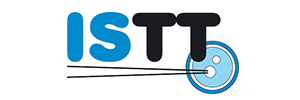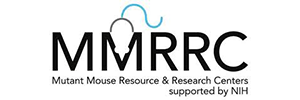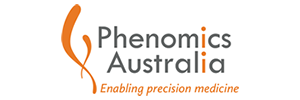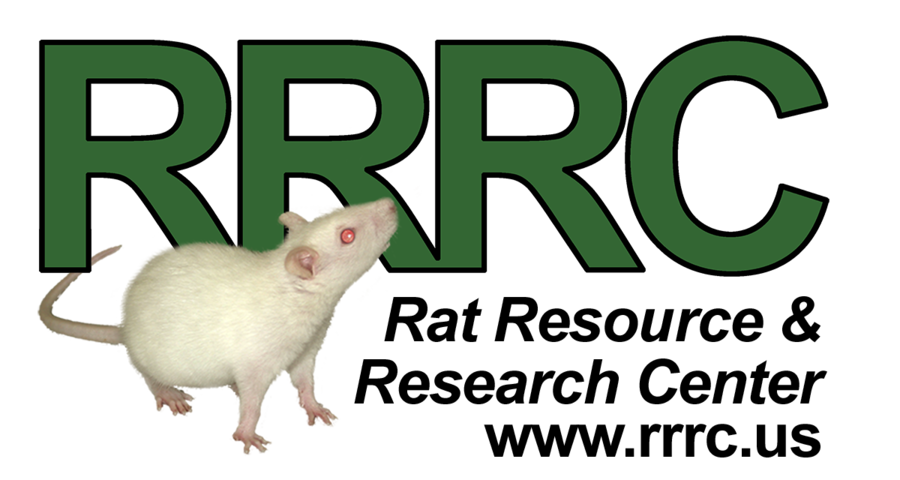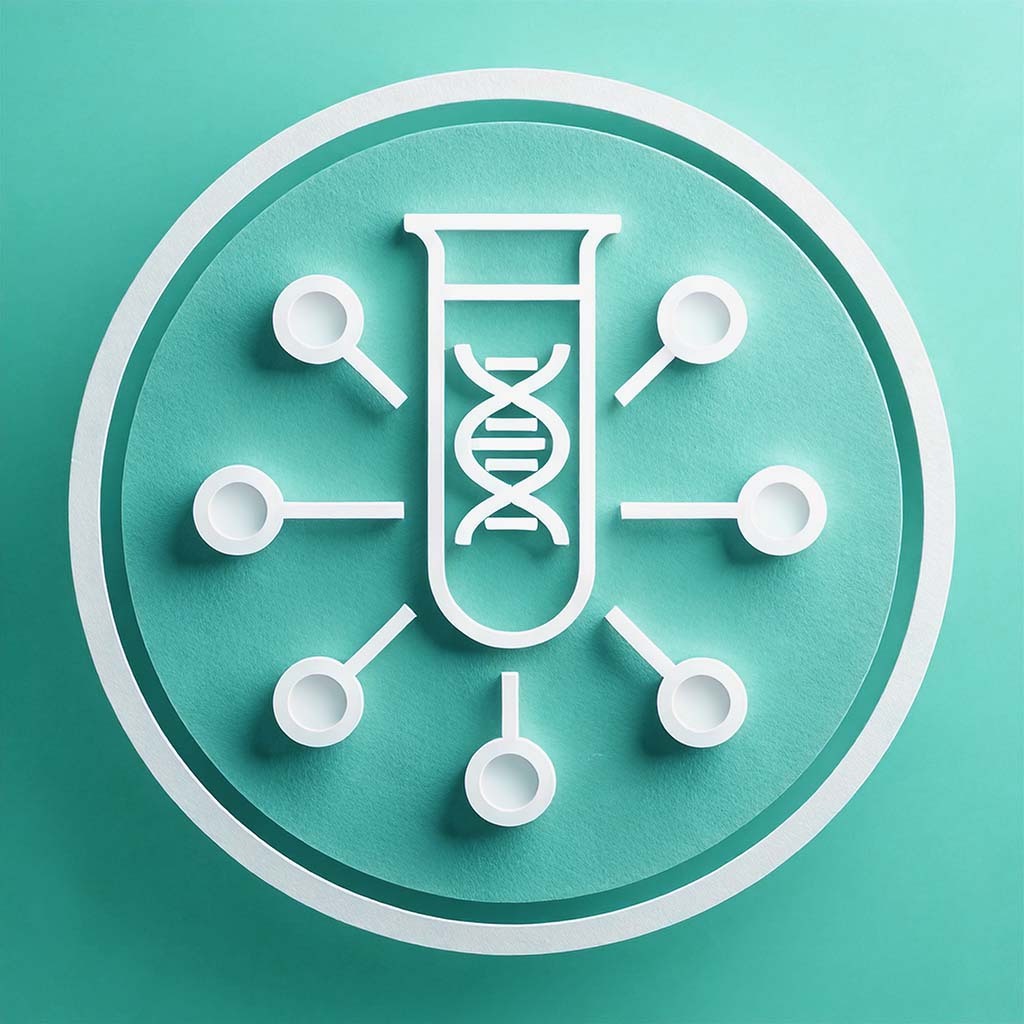Guidelines in Biomedical Research
The biomedical research community is addressing many different factors that lead to problems with reproducibility, including via the implementation of the PREPARE guidelines, which aim to improve experimental design, and the ARRIVE guidelines, which aim to improve reporting of animal research experiments. However, a need remains for a more comprehensive description of the genetics of research animals, as differences in genetic background that are too often perceived as subtle can have a significant impact on phenotype and genetic modifications are rarely fully documented.

PREPARE
To improve experimental design

LAG-R
To improve laboratory animal genetic reporting

ARRIVE
To improve reporting of animal research experiments







